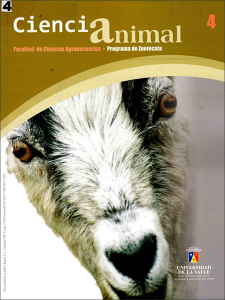Abstract
Leptospira is a mobile, slow-growth Gram-negative spirochaete, which makes its microbiological identification more difficult. This bacterium is divided into twelve pathogen species and four saprophyte species, classified into approximately twenty serogroups and over 250 serovars. Leptospira can cause infection in its maintenance hosts (rodents), accidental hosts (cattle, horses, pigs, dogs, cats), as well as in humans, and it is considered to be an important zoonosis. Leptospirosis is a disease with varied clinical manifestations ranging from subclinical conditions, abortions, mummifications and mortality at birth that affect production and the productivity cycles until provoking multi-organic complications that may lead to death. Leptospirosis has a high impact on public health, both in rural and urban areas. However, epidemiologic studies are still uncertain in many regions and countries, which causes the economic impact originated by Leptospira to remain undetermined. This, together with the lack of diagnostic methods to pinpoint the etiological agent, makes it necessary to search for new strategies to achieve a precise and reliable diagnosis that enables the establishment of a disease’s prevalence and economic impact. Therefore, the purpose of this review is to sum up the impact of the disease and the main diagnostic methodologies that contribute to identifying the microorganism that causes this zoonosis, which affects both human and animal health, as well as the cattle industry in the worldDownloads
Download data is not yet available.



